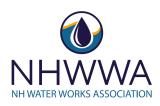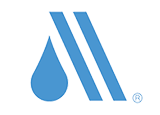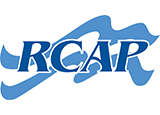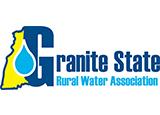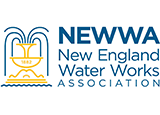Cross-Connection Control Programs
Protecting public drinking water through backflow prevention.
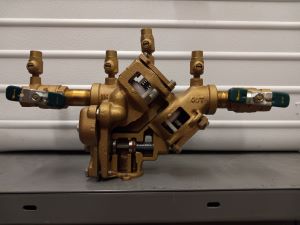 New Hampshire Code of Administrative Rules, Env-Dw 505, requires that public water systems protect against risks associated with cross connections. Each public water system serving 1,000 or more persons must have an approved, written Cross-Connection Control Program. A public water system serving less than 1,000 persons must take appropriate action although a formal program is not required.
New Hampshire Code of Administrative Rules, Env-Dw 505, requires that public water systems protect against risks associated with cross connections. Each public water system serving 1,000 or more persons must have an approved, written Cross-Connection Control Program. A public water system serving less than 1,000 persons must take appropriate action although a formal program is not required.
A formal program can have many elements. An example of a model Cross-Connection Control Program that satisfies the minimum established criteria is available through the NHDES Drinking Water and Groundwater Bureau.
Public water systems are required to know where high hazard and low hazard cross connections exist in their systems, ensuring that each is equipped with an appropriate backflow prevention device and that each device is tested routinely to confirm proper operation. Backflow prevention devices are valves installed to prevent backflow. NHDES references the list of “Approved Backflow Prevention Assemblies” for “testable” devices as published by the Foundation for Cross-Connection Control and Hydraulic Research, University of Southern California. For backflow prevention devices such as residential dual check valves or other “non testable” devices, the device would need to meet or exceed ANSI/ASSE standard 1024 “Dual Check Valve Type Backflow Preventers.” The International Plumbing Code should be consulted for further information.
Approved, testable backflow prevention devices listed below shall be used for the containment of on-premise hazards for low and high degree of hazard situations respectively:
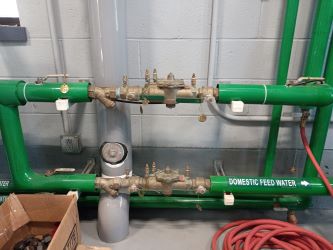 Low Degree of Hazard
Low Degree of Hazard
- Air Gap.
- Pressure Vacuum Breaker.
- Double check valve assembly.
- Reduced pressure backflow device.
- A combination of the above.
High Degree of Hazard
- Air Gap.
- Reduced pressure backflow device.
- A combination of the above.
Guidance Documents
- DWGB-11-3: New Hampshire Backflow Prevention Device Testing Companies
- DWGB-11-4: Dual Check Valve Devices for Residential Applications
- List of Approved Backflow Prevention Assemblies
- Cross-Connection Control Manual
- Cross-Connection Program Template
- Campground Dumping Stations Required Cross Connection Protection
State Regulations
Did You Know?
Did You Know?
These organizations have additional information and resources for Cross-Connection Control and Backflow Prevention programs: U.S. EPA, American Water Works Association and the Foundation for Cross-Connection Control and Hydraulic Research (University of Southern California).





